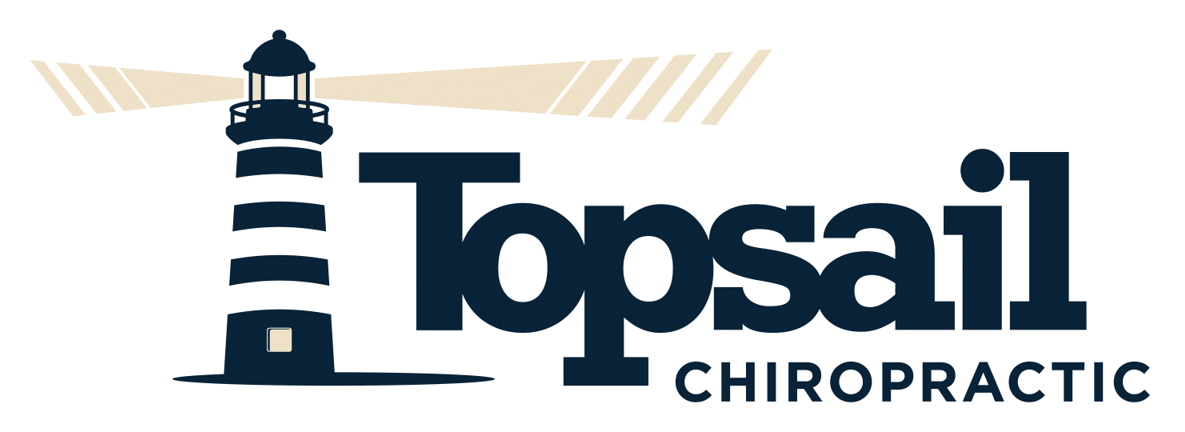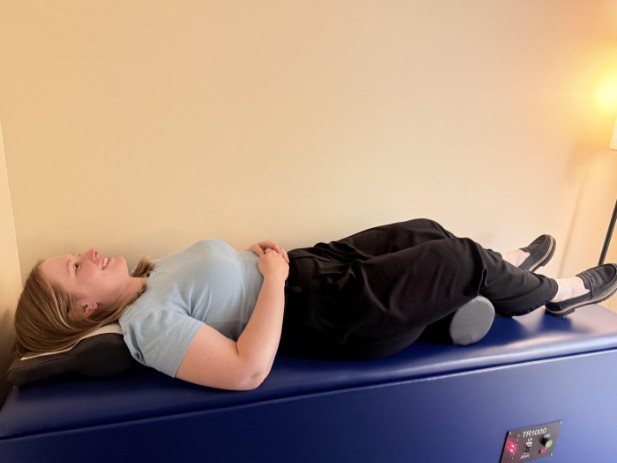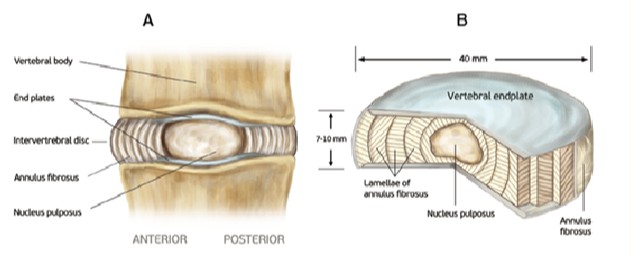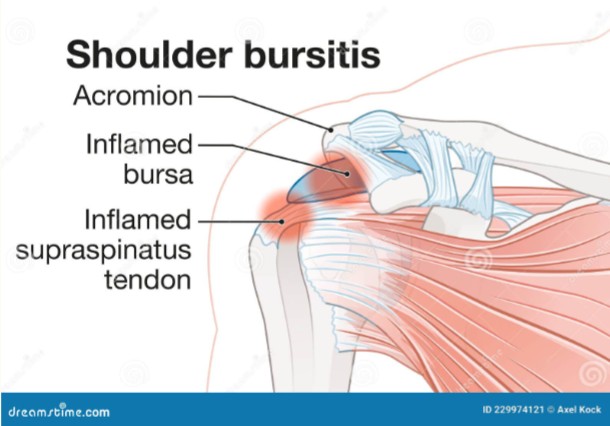The words sprain and strain often get used interchangeably. While they similarly refer to tissue damage of some level and often happen together, they are different. More importantly, what should you do about them?
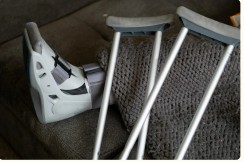
Let’s start by defining what part of your body each of the words is describing, common injuries that can cause sprain and strains, and last we’ll explore what research says is the best way to handle these injuries.
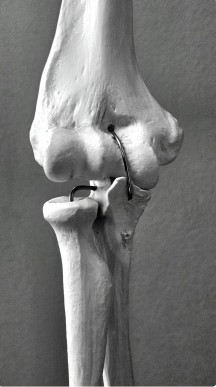
Sprain
A sprain refers to damage to a ligament somewhere in the body. A ligament is something that connects two pieces of bone. The best way to think of these are small ropes. Their job is to prevent you from moving too far and hurting yourself.
Ankle sprains, torn ACL (Anterior Cruciate Ligament), and wrist sprains are all common injuries that most of us have heard about.
A sprain involves a force strong enough to force these ligaments beyond their tissue tolerance, causing tearing of fibers.
Strain
Strains on the other hand, refer to damaged muscles or tendons. Muscles are essentially layers upon layers of fibers that can shorten via contraction, and then return to their “resting” length.
Tendons are what anchor your muscles into the bones, thereby enabling you to move your skeletal frame. Tendons are very similar to ligaments as far as the type of material they are made of. Ligaments connect bone to bone, tendon connects muscle to bone.
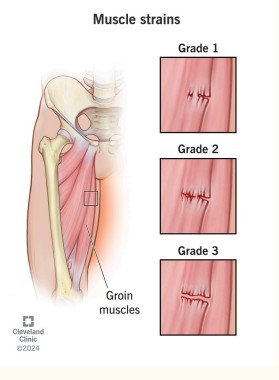
Muscle strains can also come from trauma just like a ligament sprain, but also result often from overuse or repetitive motions.
Regardless of whether it is a strain or a sprain, there are different grades of damage. Grade 1 refers to micro tears in the tissue, but no significant structural damage. Grade 2 refers to tearing of fibers, but not a complete rupture. Grade 3 means that there is a complete tear and no fibers are left connected.
Gone are the days of RICE
In the case of grade 3 injuries, surgery is very likely necessary. Occasionally, injury happens to muscles or ligaments that are not vital and they may recommend not having surgery depending on your age and activity level.
Grade 2 injuries may need surgery but it is very dependent on the amount of damage.
Grade 1 injuries almost never need invasive intervention. These are the most common types of injuries people experience

It used to be recommended to use RICE following a minor sprain or strain. This acronym stood for rest, ice, compression, elevation. Recent research has outline a new acronym with more up to date recommendations.
PEACE and LOVE. Yes, I know it’s amusing. It stands for Protect, Elevate, Avoid anti-inflammatories, Compress, and Educate for the first 1-3 days. Afterwards we should then Load, have Optimism, Vascularization, Exercise.
Today’s recommendations focus more on being cautious the first few days, but then returning to normal activity and moving the body part as early as possible without causing increased damage or symptoms. There is a reason that heart operation or joint replacement patients are now up and walking same day after surgery.
Limiting atrophy and excessive scar tissue formation is key
Chiropractic care is a huge part of recovering from a sprain or strain! The healing process is 100% guided and mediated by your brain and nervous system. How much of that energy do you want making it from the brain, down the spinal cord, and into the injured area guiding the healing process? 100% Right!? We want to make sure that you can recover as quickly as possible and then avoid injury in the future by making your body more resilient.
